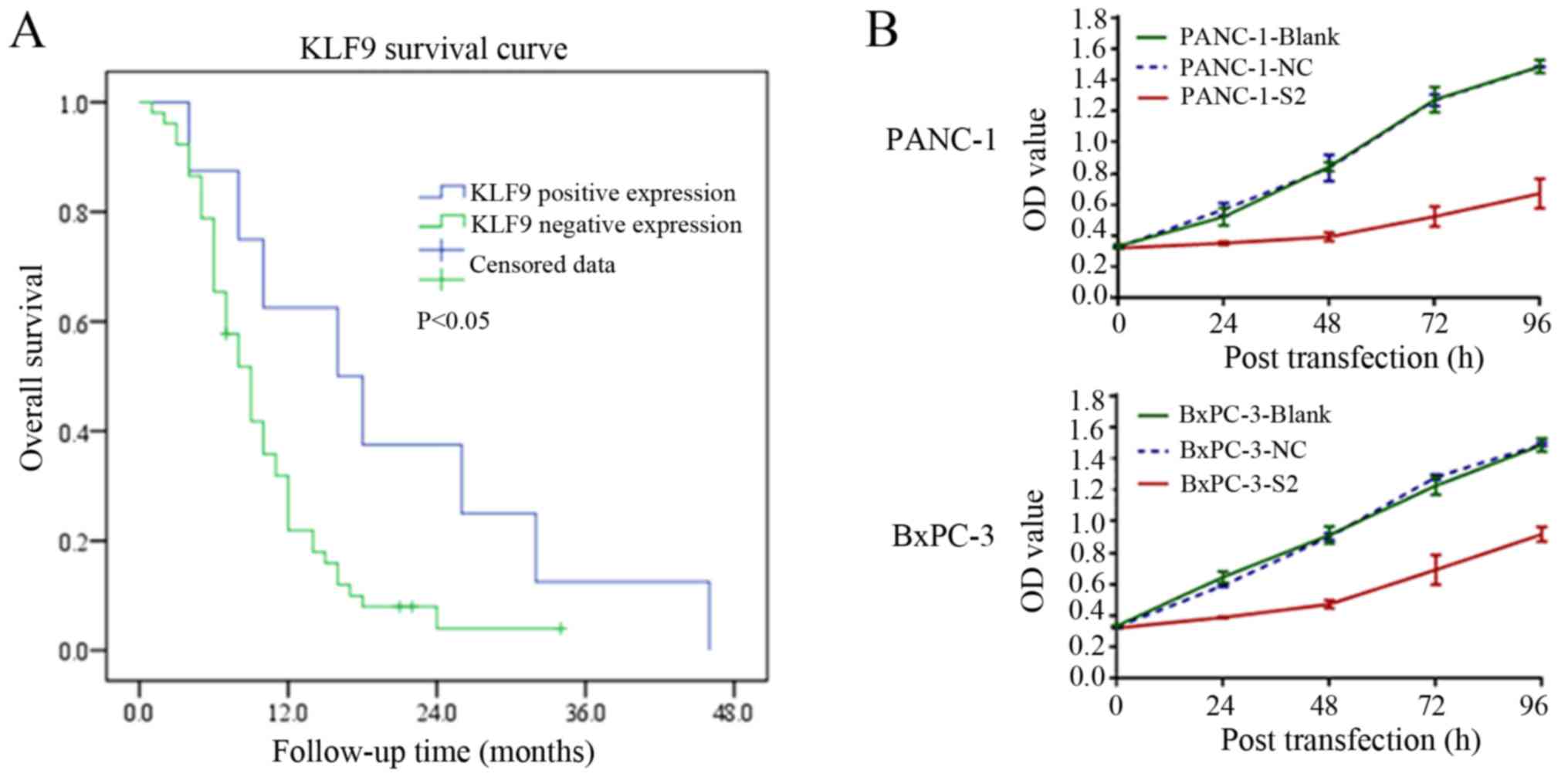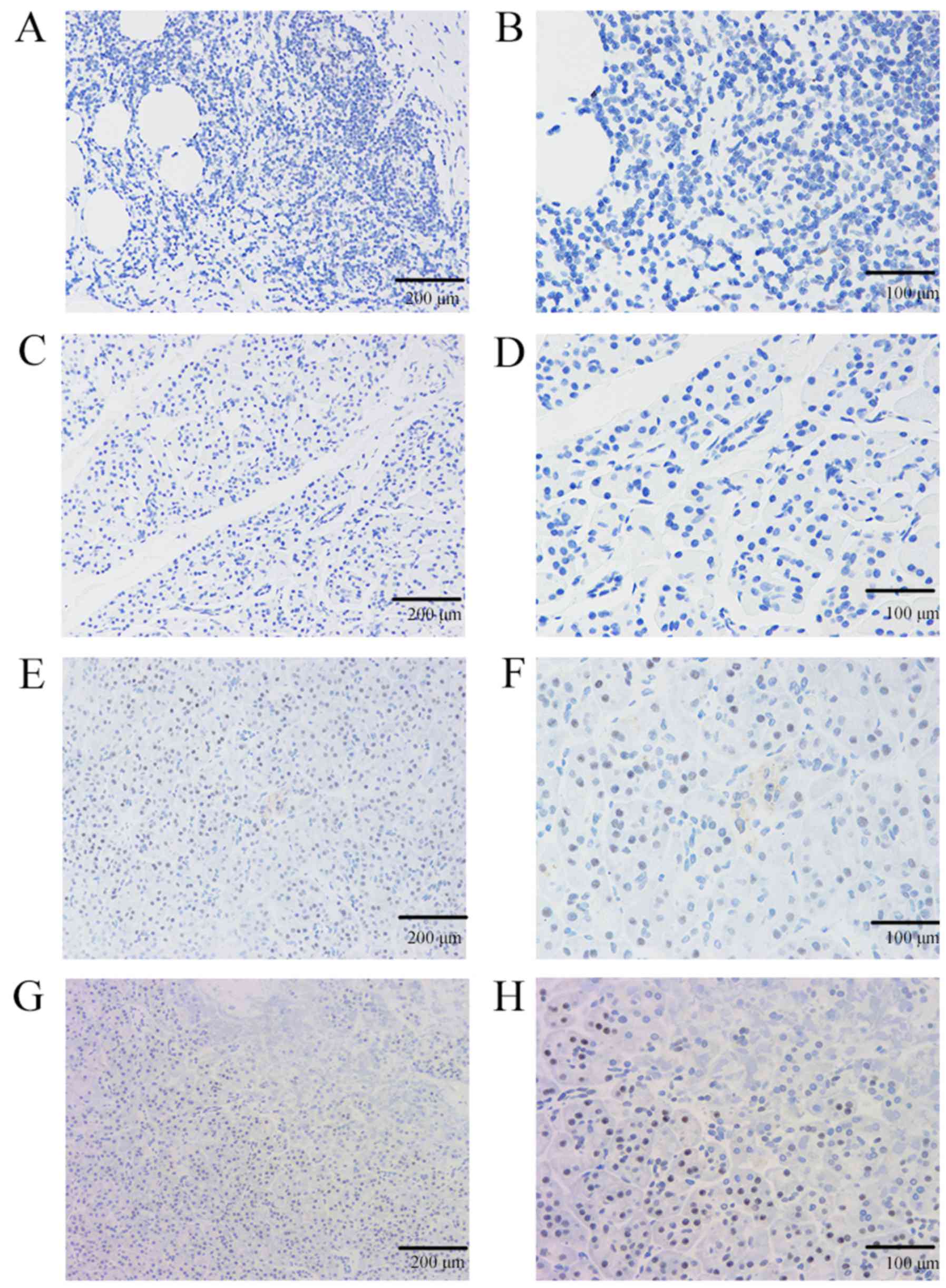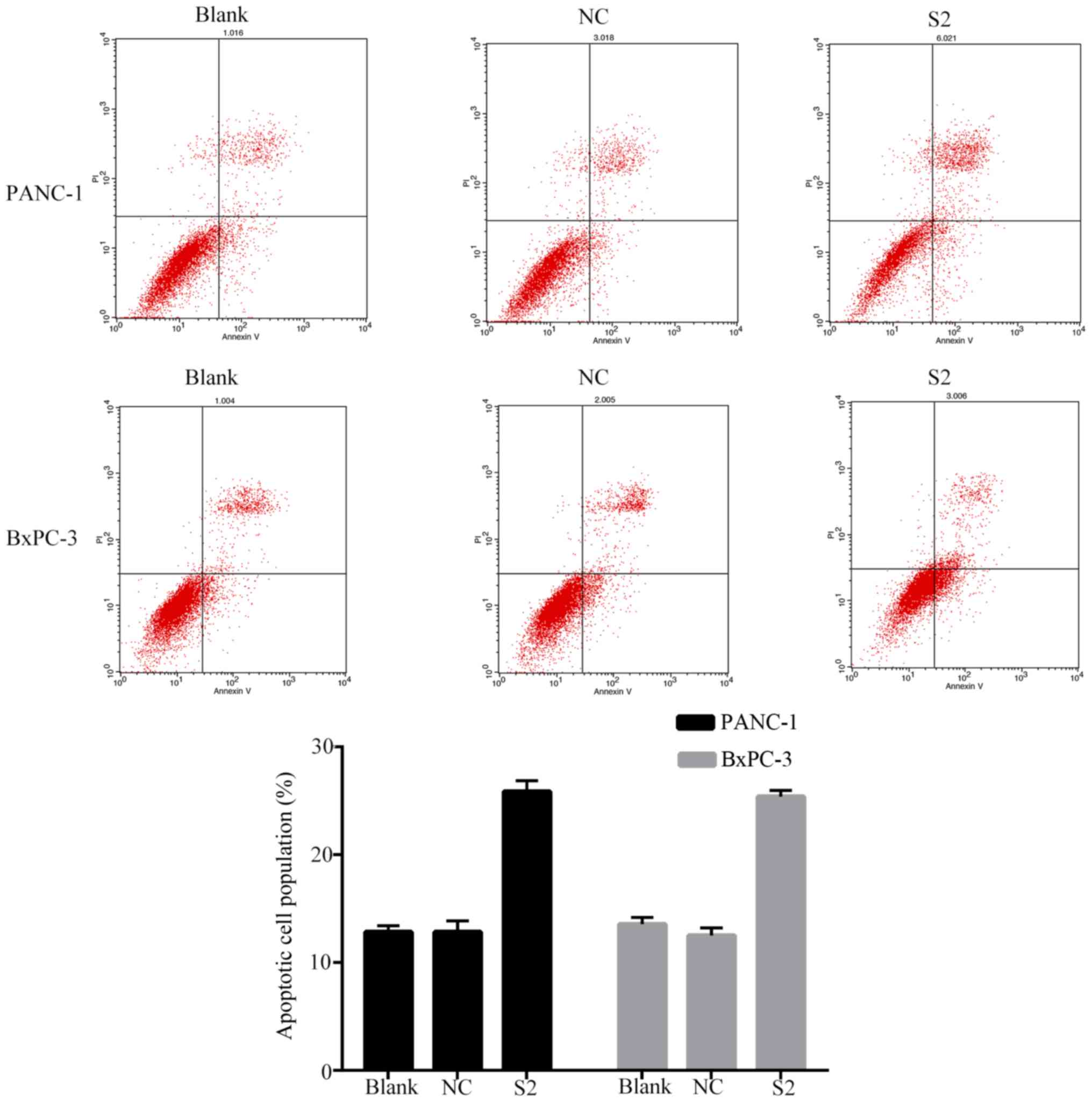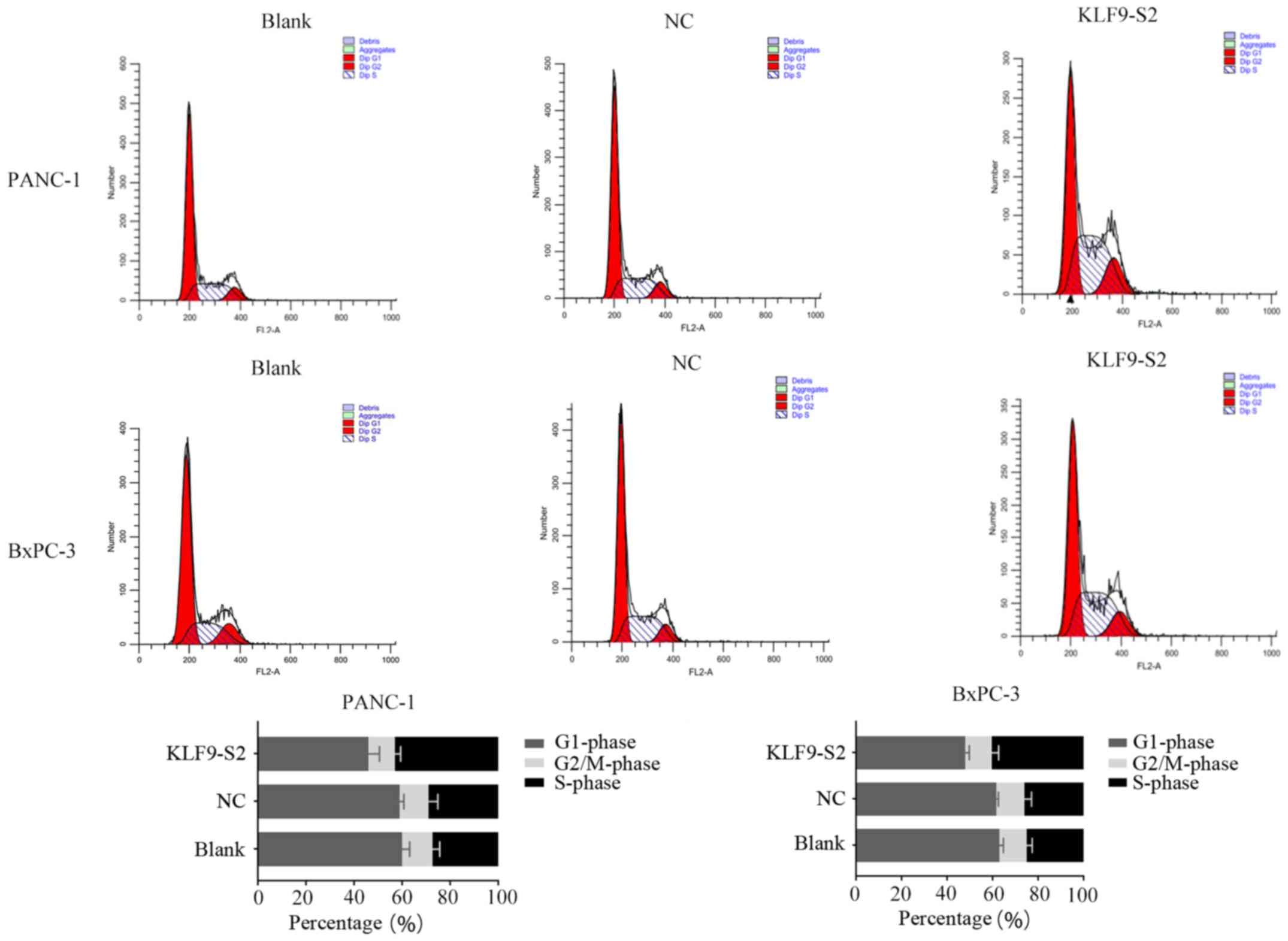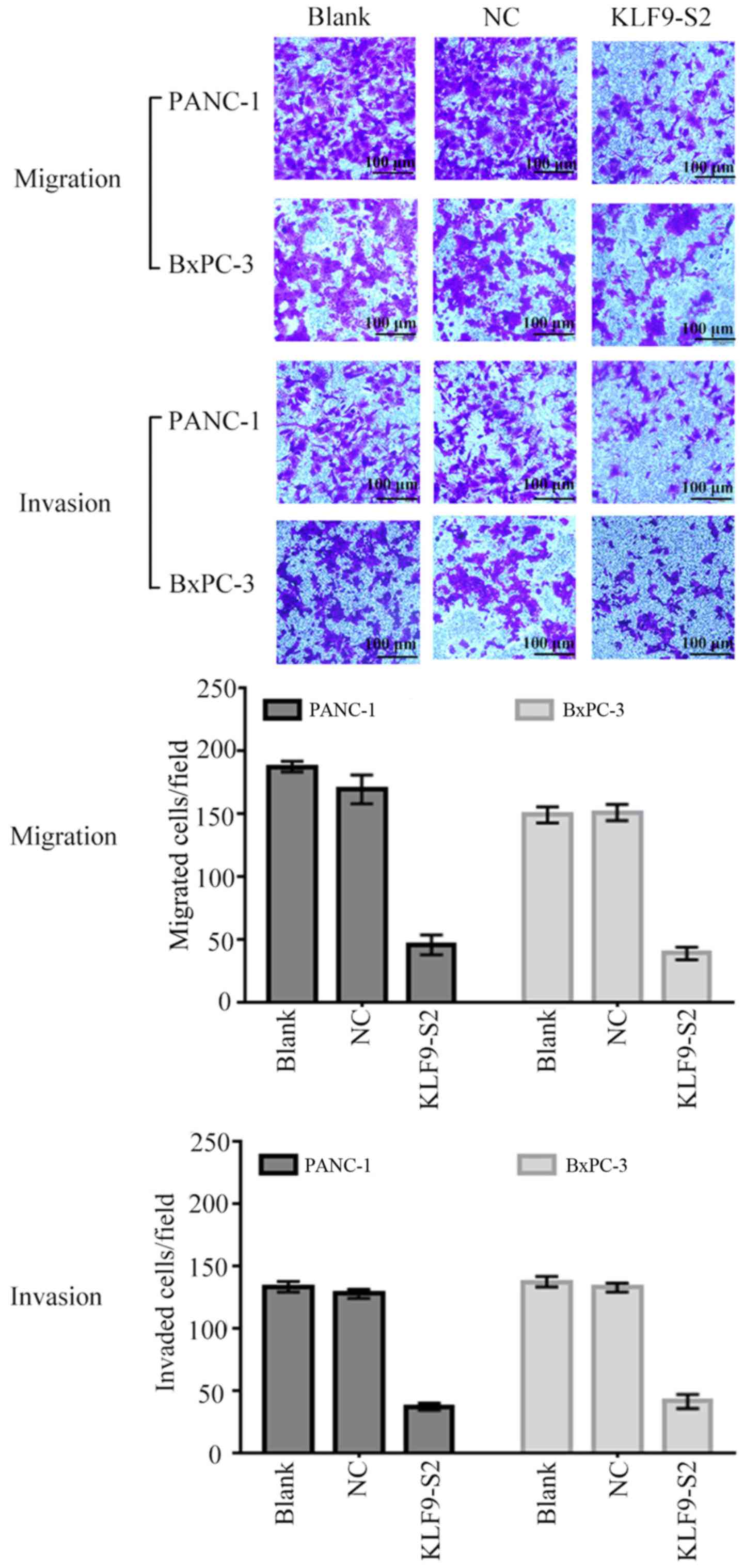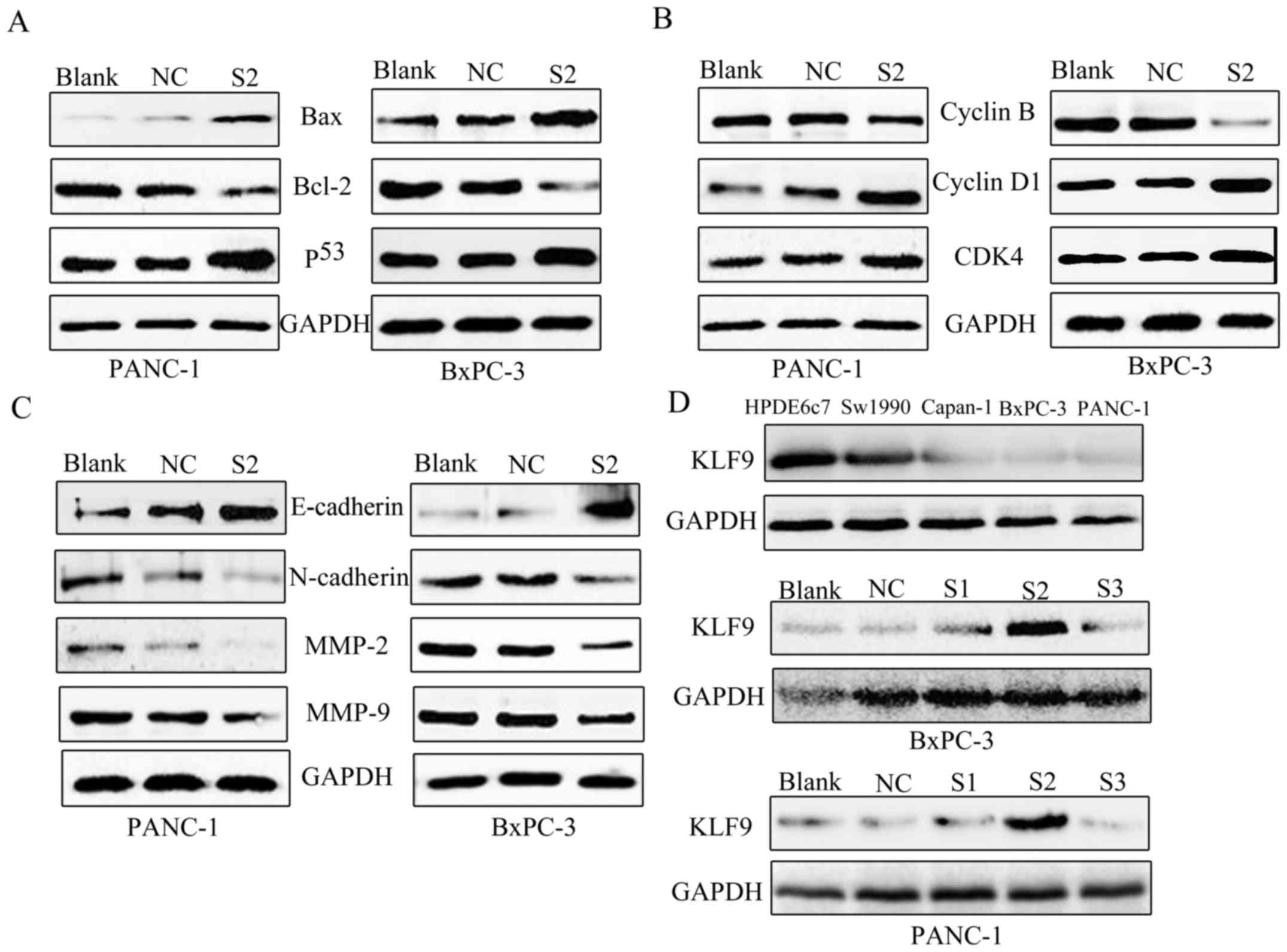|
1
|
Yang Y, Yan S, Tian H and Bao Y:
Macrophage inhibitory cytokine-1 versus carbohydrate antigen 19-9
as a biomarker for diagnosis of pancreatic cancer: A
PRISMA-compliant meta-analysis of diagnostic accuracy studies.
Medicine (Baltimore). 97:e99942018. View Article : Google Scholar : PubMed/NCBI
|
|
2
|
Ferlay J, Soerjomataram I, Dikshit R, Eser
S, Mathers C, Rebelo M, Parkin DM, Forman D and Bray F: Cancer
incidence and mortality worldwide: Sources, methods and major
patterns in GLOBOCAN 2012. Int J Cancer. 136:E359–E386. 2015.
View Article : Google Scholar : PubMed/NCBI
|
|
3
|
Siegel RL, Miller KD and Jemal A: Cancer
Statistics, 2017. CA Cancer J Clin. 67:7–30. 2017. View Article : Google Scholar : PubMed/NCBI
|
|
4
|
German RR, Fink AK, Heron M, Stewart SL,
Johnson CJ, Finch JL and Yin D: Accuracy of Cancer Mortality Study
Group: The accuracy of cancer mortality statistics based on death
certificates in the United States. Cancer Epidemiol. 35:126–131.
2011. View Article : Google Scholar : PubMed/NCBI
|
|
5
|
Limame R, de Beeck Op K, Lardon F, De
Wever O and Pauwels P: Krüppel-like factors in cancer progression:
Three fingers on the steering wheel. Oncotarget. 5:29–48. 2014.
View Article : Google Scholar : PubMed/NCBI
|
|
6
|
Heard ME, Simmons CD, Simmen FA and Simmen
RC: Krüppel-like factor 9 deficiency in uterine endometrial cells
promotes ectopic lesion establishment associated with activated
notch and hedgehog signaling in a mouse model of endometriosis.
Endocrinology. 155:1532–1546. 2014. View Article : Google Scholar : PubMed/NCBI
|
|
7
|
Ohguchi H, Tanaka T, Uchida A, Magoori K,
Kudo H, Kim I, Daigo K, Sakakibara I, Okamura M, Harigae H, et al:
Hepatocyte nuclear factor 4alpha contributes to thyroid hormone
homeostasis by cooperatively regulating the type 1 iodothyronine
deiodinase gene with GATA4 and Kruppel-like transcription factor 9.
Mol Cell Biol. 28:3917–3931. 2008. View Article : Google Scholar : PubMed/NCBI
|
|
8
|
Bieker JJ: Krüppel-like factors: Three
fingers in many pies. J Biol Chem. 276:34355–34358. 2001.
View Article : Google Scholar : PubMed/NCBI
|
|
9
|
Tetreault MP, Yang Y and Katz JP:
Krüppel-like factors in cancer. Nat Rev Cancer. 13:701–713. 2013.
View Article : Google Scholar : PubMed/NCBI
|
|
10
|
Yori JL, Johnson E, Zhou G, Jain MK and
Keri RA: Kruppel-like factor 4 inhibits epithelial-to-mesenchymal
transition through regulation of E-cadherin gene expression. J Biol
Chem. 285:16854–16863. 2010. View Article : Google Scholar : PubMed/NCBI
|
|
11
|
Yori JL, Seachrist DD, Johnson E, Lozada
KL, Abdul-Karim FW, Chodosh LA, Schiemann WP and Keri RA:
Krüppel-like factor 4 inhibits tumorigenic progression and
metastasis in a mouse model of breast cancer. Neoplasia.
13:601–610. 2011. View Article : Google Scholar : PubMed/NCBI
|
|
12
|
Qiao F, Yao F, Chen L, Lu C, Ni Y, Fang W
and Jin H: Krüppel-like factor 9 was down-regulated in esophageal
squamous cell carcinoma and negatively regulated beta-catenin/TCF
signaling. Mol Carcinog. 55:280–291. 2016. View Article : Google Scholar : PubMed/NCBI
|
|
13
|
Kang L, Lü B, Xu J, Hu H and Lai M:
Downregulation of Krüppel-like factor 9 in human colorectal cancer.
Pathol Int. 58:334–338. 2008. View Article : Google Scholar : PubMed/NCBI
|
|
14
|
Simmen FA, Su Y, Xiao R, Zeng Z and Simmen
RC: The Krüppel-like factor 9 (KLF9) network in HEC-1-A endometrial
carcinoma cells suggests the carcinogenic potential of
dys-regulated KLF9 expression. Reprod Biol Endocrinol. 6:412008.
View Article : Google Scholar : PubMed/NCBI
|
|
15
|
Pabona JM, Velarde MC, Zeng Z, Simmen FA
and Simmen RC: Nuclear receptor co-regulator Krüppel-like factor 9
and prohibitin 2 expression in estrogen-induced epithelial cell
proliferation in the mouse uterus. J Endocrinol. 200:63–73. 2009.
View Article : Google Scholar : PubMed/NCBI
|
|
16
|
Pabona JM, Simmen FA, Nikiforov MA, Zhuang
D, Shankar K, Velarde MC, Zelenko Z, Giudice LC and Simmen RC:
Krüppel-like factor 9 and progesterone receptor coregulation of
decidualizing endometrial stromal cells: Implications for the
pathogenesis of endometriosis. J Clin Endocrinol Metab.
97:E376–E392. 2012. View Article : Google Scholar : PubMed/NCBI
|
|
17
|
Fu DZ, Cheng Y, He H, Liu HY and Liu YF:
The fate of Krüppel-like factor 9-positive hepatic carcinoma cells
may be determined by the programmed cell death protein 5. Int J
Oncol. 44:153–160. 2014. View Article : Google Scholar : PubMed/NCBI
|
|
18
|
Shen P, Sun J, Xu G, Zhang L, Yang Z, Xia
S, Wang Y, Liu Y and Shi G: KLF9, a transcription factor induced in
flutamide-caused cell apoptosis, inhibits AKT activation and
suppresses tumor growth of prostate cancer cells. Prostate.
74:946–958. 2014. View Article : Google Scholar : PubMed/NCBI
|
|
19
|
Huang Y, Ju B, Tian J, Liu F, Yu H, Xiao
H, Liu X, Liu W, Yao Z and Hao Q: Ovarian cancer stem cell-specific
gene expression profiling and targeted drug prescreening. Oncol
Rep. 31:1235–1248. 2014. View Article : Google Scholar : PubMed/NCBI
|
|
20
|
Ying M, Tilghman J, Wei Y,
Guerrero-Cazares H, Quinones-Hinojosa A, Ji H and Laterra J:
Kruppel-like factor-9 (KLF9) inhibits glioblastoma stemness through
global transcription repression and integrin α6 inhibition. J Biol
Chem. 289:32742–32756. 2014. View Article : Google Scholar : PubMed/NCBI
|
|
21
|
Yang M, Ke NW, Zeng L, Zhang Y, Tan CL,
Zhang H, Mai G, Tian BL and Liu XB: Survival analyses for patients
with surgically resected pancreatic neuroendocrine tumors by World
Health Organization 2010 Grading Classifications and American Joint
Committee on Cancer 2010 Staging Systems. Medicine (Baltimore).
94:e21562015. View Article : Google Scholar : PubMed/NCBI
|
|
22
|
Kamarajah SK, Burns WR, Frankel TL, Cho CS
and Nathan H: Validation of the American Joint Commission on Cancer
(AJCC) 8th Edition Staging System for Patients with Pancreatic
Adenocarcinoma: A Surveillance, Epidemiology and End Results (SEER)
analysis. Ann Surg Oncol. 24:2023–2030. 2017. View Article : Google Scholar : PubMed/NCBI
|
|
23
|
Warner SL, Stephens BJ, Nwokenkwo S,
Hostetter G, Sugeng A, Hidalgo M, Trent JM, Han H and Von Hoff DD:
Validation of TPX2 as a potential therapeutic target in pancreatic
cancer cells. Clin Cancer Res. 15:6519–6528. 2009. View Article : Google Scholar : PubMed/NCBI
|
|
24
|
Frič P, Šedo A, Škrha J, Bušek P, Laclav
M, Škrha P and Zavoral M: Early detection of sporadic pancreatic
cancer: Time for change. Eur J Gastroenterol Hepatol. 29:885–891.
2017. View Article : Google Scholar : PubMed/NCBI
|
|
25
|
Chambers AF, Groom AC and MacDonald IC:
Dissemination and growth of cancer cells in metastatic sites. Nat
Rev Cancer. 2:563–572. 2002. View
Article : Google Scholar : PubMed/NCBI
|
|
26
|
Sieber O, Heinimann K and Tomlinson I:
Genomic stability and tumorigenesis. Semin Cancer Biol. 15:61–66.
2005. View Article : Google Scholar : PubMed/NCBI
|
|
27
|
Kang L and Lai MD: BTEB/KLF9 and its
transcriptional regulation. Yi Chuan. 29:515–522. 2007.(In
Chinese). View Article : Google Scholar : PubMed/NCBI
|
|
28
|
Lu XJ, Shi Y, Chen JL and Ma S:
Krüppel-like factors in hepatocellular carcinoma. Tumour Biol.
36:533–541. 2015. View Article : Google Scholar : PubMed/NCBI
|
|
29
|
Sun J, Wang B and Liu Y, Zhang L, Ma A,
Yang Z, Ji Y and Liu Y: Transcription factor KLF9 suppresses the
growth of hepatocellular carcinoma cells in vivo and positively
regulates p53 expression. Cancer Lett. 355:25–33. 2014. View Article : Google Scholar : PubMed/NCBI
|
|
30
|
Limame R, de Beeck KO, Van Laere S, Croes
L, De Wilde A, Dirix L, Van Camp G, Peeters M, De Wever O, Lardon
F, et al: Expression profiling of migrated and invaded breast
cancer cells predicts early metastatic relapse and reveals
Krüppel-like factor 9 as a potential suppressor of invasive growth
in breast cancer. Oncoscience. 1:69–81. 2013.PubMed/NCBI
|
|
31
|
Tang H, Wei P, Chang P, Li Y, Yan D, Liu
C, Hassan M and Li D: Genetic polymorphisms associated with
pancreatic cancer survival: A genome-wide association study. Int J
Cancer. 141:678–686. 2017. View Article : Google Scholar : PubMed/NCBI
|
|
32
|
Brown AR, Simmen RC, Raj VR, Van TT,
MacLeod SL and Simmen FA: Krüppel-like factor 9 (KLF9) prevents
colorectal cancer through inhibition of interferon-related
signaling. Carcinogenesis. 36:946–955. 2015. View Article : Google Scholar : PubMed/NCBI
|
|
33
|
Bogachek MV, De Andrade JP and Weigel RJ:
Regulation of epithelial-mesenchymal transition through SUMOylation
of transcription factors. Cancer Res. 75:11–15. 2015. View Article : Google Scholar : PubMed/NCBI
|
|
34
|
Deryugina EI and Quigley JP: Matrix
metalloproteinases and tumor metastasis. Cancer Metastasis Rev.
25:9–34. 2006. View Article : Google Scholar : PubMed/NCBI
|
|
35
|
Kessenbrock K, Plaks V and Werb Z: Matrix
metalloproteinases: Regulators of the tumor microenvironment. Cell.
141:52–67. 2010. View Article : Google Scholar : PubMed/NCBI
|
|
36
|
Ying M, Sang Y, Li Y, Guerrero-Cazares H,
Quinones-Hinojosa A, Vescovi AL, Eberhart CG, Xia S and Laterra J:
Krüppel-like family of transcription factor 9, a
differentiation-associated transcription factor, suppresses Notch1
signaling and inhibits glioblastoma-initiating stem cells. Stem
Cells. 29:20–31. 2011. View
Article : Google Scholar : PubMed/NCBI
|















